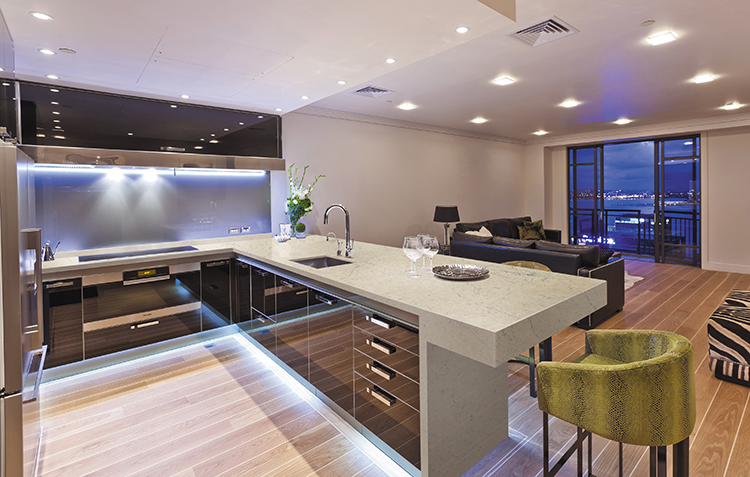Marble look quartz stone is an engineering stone designed to mimic the appearance and texture of natural marble, while also possessing the advantages of quartz stone, such as durability and ease of maintenance. When discussing whether its texture is realistic, there are several key factors to consider:
1. Manufacturing process: The manufacturing process of marble look quartz stone includes mixing quartz particles, resin, and pigments together, and then pressing them into a marble like plate material through high-temperature and high-pressure processing. In this manufacturing process, the distribution of quartz particles and pigments, as well as the mixing method of resin, will affect the final texture appearance.
2. Visual authenticity: Marble look quartz stones are usually visually very realistic, with colors, textures, and patterns similar to marble. These textures and patterns have been carefully designed and manufactured, imitating natural marble through engineering techniques. Visually, most people may find it difficult to distinguish between real marble and quartz stone that imitates marble.
3. Touch: When touching the marble look quartz stone, its surface is generally smooth and even. This is because the surface of engineering stone is usually non porous and does not have the same concave and convex texture as natural marble surfaces. This is also why many people use quartz stone countertops in their bedrooms.

4. Controllability: Unlike natural marble, the texture and color of marble look quartz stones are usually controllable and predictable. This means that you can choose specific textures and colors based on your design needs and preferences, without considering the natural variability of natural marble.
5. Durability and Maintenance: Marble look quartz stones are usually more durable and easier to maintain than natural marble. It is not easily scratched, damaged, or dirty, so the quartz stone countertop may be more practical in practical use.
In summary, the texture of marble look quartz stones is visually very realistic, but they may feel different from natural marble when touched because they are manufactured through engineering rather than naturally formed. However, this difference is often considered a trade-off as it provides controllability, durability, and ease of maintenance while still maintaining the aesthetic appeal of marble.

